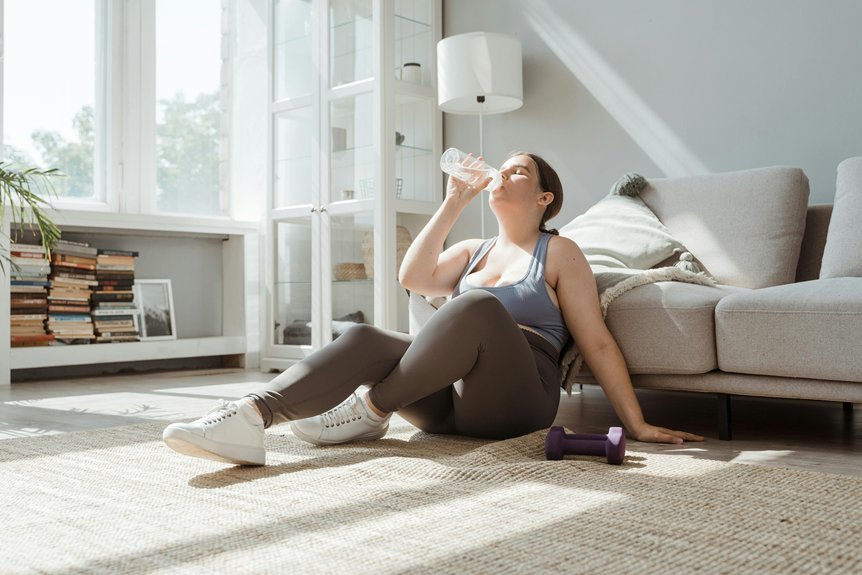
Clean air plays a crucial role in your overall wellness at home. It affects everything from your energy levels to your mood and cognitive function. When indoor air quality declines, you might experience fatigue, headaches, or even respiratory issues. Understanding the pollutants lurking in your space and how they impact your health is essential. So, what steps can you take to improve your indoor air quality and create a healthier living environment?
The Impact of Indoor Air Quality on Health
Although you mightn't notice it, the quality of the air in your home plays a crucial role in your overall health. Breathing in clean air can boost your energy levels, enhance your mood, and improve your cognitive functions.
When indoor air quality is compromised, you may experience headaches, fatigue, or respiratory issues. You mightn't realize that allergens, dust, and pollutants can accumulate in your living space, affecting your wellbeing.
Regularly ventilating your home and using air purifiers can help maintain a healthier environment. Additionally, incorporating houseplants can naturally improve air quality while adding a touch of nature.
Taking these steps not only protects your health but also creates a more comfortable living space for you and your loved ones.
Common Indoor Air Pollutants and Their Effects
Indoor air can be surprisingly polluted, with studies showing that it may contain up to five times more contaminants than outdoor air.
Common indoor air pollutants include dust mites, mold, pet dander, and volatile organic compounds (VOCs) from household products. These pollutants can trigger allergies, asthma, and respiratory issues.
For instance, dust mites thrive in warm, humid environments, causing sneezing and itchy eyes. Mold releases spores that can lead to serious respiratory problems.
VOCs, found in paints, cleaners, and furnishings, can cause headaches and dizziness. You mightn't realize how these pollutants affect your well-being, but they can contribute to fatigue and irritation.
Being aware of these common pollutants is the first step towards ensuring a healthier living space.
Strategies for Improving Air Quality at Home
To create a healthier living space, it's important to take action against the indoor air pollutants that can negatively impact your well-being.
Start by ensuring proper ventilation; open windows and use exhaust fans to circulate fresh air. Invest in high-quality air purifiers with HEPA filters to capture allergens and dust.
Regularly clean your home, including carpets and upholstery, to reduce dust mites and pet dander. Houseplants can also help; they naturally filter toxins and improve air quality.
Avoid using harsh chemical cleaners and opt for natural alternatives instead. Lastly, monitor humidity levels to prevent mold growth—ideally keeping it between 30-50%.
Conclusion
In conclusion, prioritizing clean air at home is crucial for your overall wellness. By recognizing the impact of indoor air quality on your health and understanding common pollutants, you can take effective steps to improve your living environment. Simple strategies like proper ventilation and using air purifiers can make a significant difference. Don't underestimate the power of clean air; it can elevate your mood, boost your energy, and enhance your cognitive function for a healthier, happier home.
Trending Products














